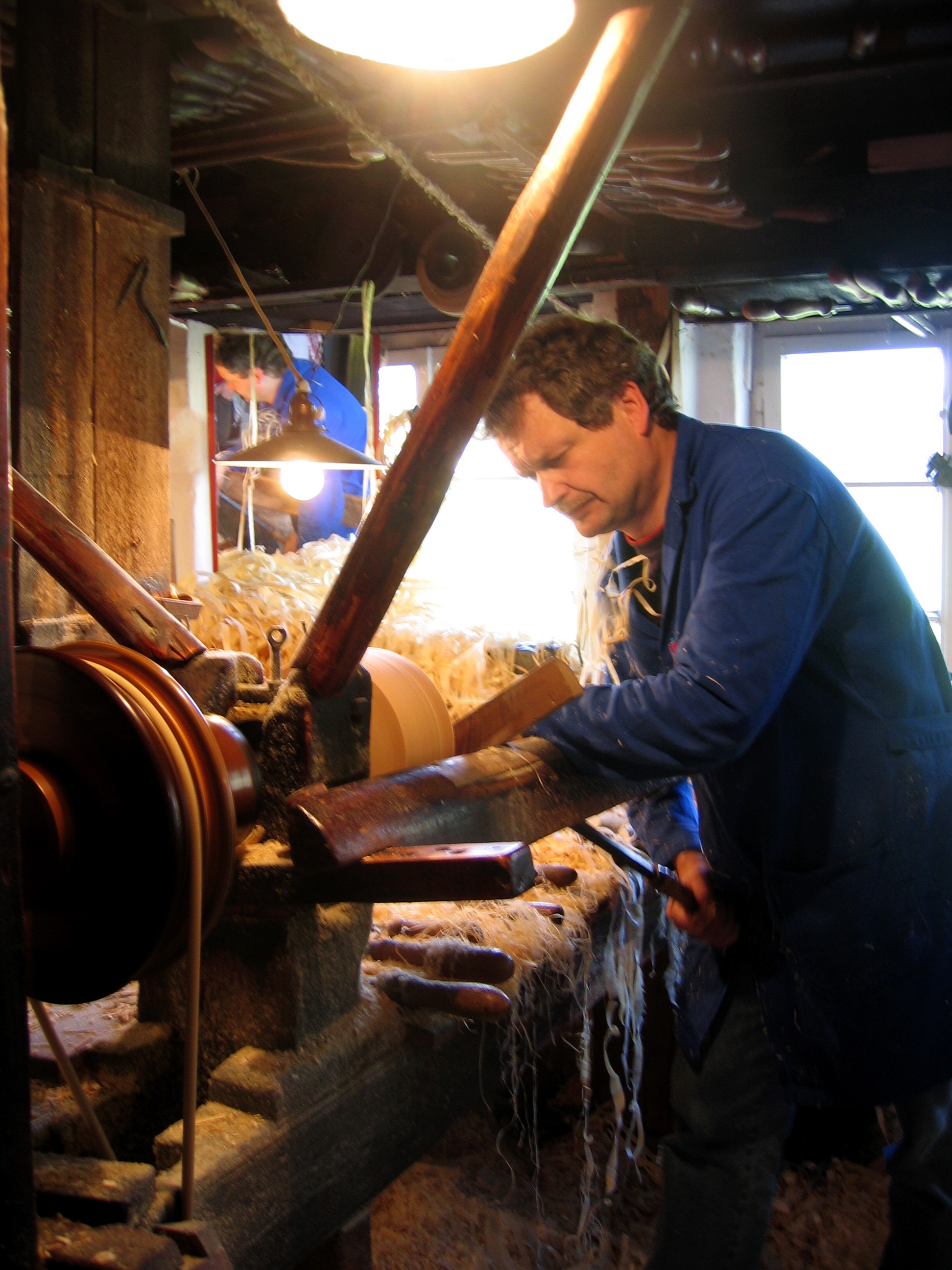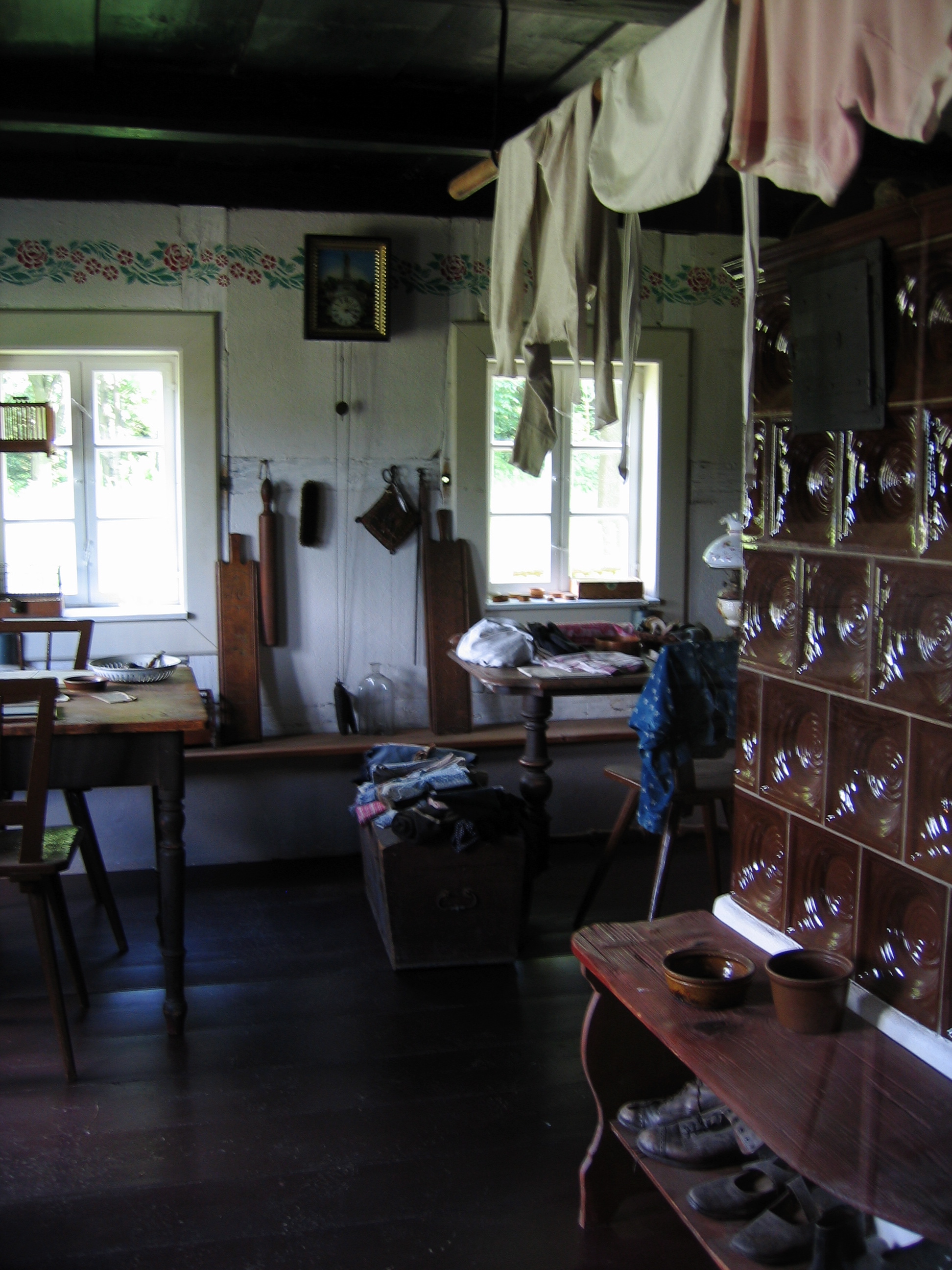Ore Mountain Toy Museum, Seiffen on:
[Wikipedia]
[Google]
[Amazon]
 The Ore Mountain Toy Museum in Seiffen (german: Erzgebirgische Spielzeugmuseum Seiffen) is an internationally known
The Ore Mountain Toy Museum in Seiffen (german: Erzgebirgische Spielzeugmuseum Seiffen) is an internationally known


 The history of the toy museum began with the Seiffen Wooden Toy and Merchandise Exhibition (''Holzspielwaren- und Holzwaren-Ausstellung Seiffen'') that took place from 9 July to 3 August 1914 in the Albert Salon. For an entry fee of 50
The history of the toy museum began with the Seiffen Wooden Toy and Merchandise Exhibition (''Holzspielwaren- und Holzwaren-Ausstellung Seiffen'') that took place from 9 July to 3 August 1914 in the Albert Salon. For an entry fee of 50  On 5 December 1920, the newly created toy museum was opened in the State Trade Training School (''Staatliche Fachgewerbeschule''). The collection of "Older and Newer Playthings" acquired since 1914 by its founder, ''Oberstudienrat'' Professor Alwin Seifert (1873ã1937) was enhanced by the HûÊrtel Collection. For the 1944 trade show a farmhouse parlour was put together, along with a
On 5 December 1920, the newly created toy museum was opened in the State Trade Training School (''Staatliche Fachgewerbeschule''). The collection of "Older and Newer Playthings" acquired since 1914 by its founder, ''Oberstudienrat'' Professor Alwin Seifert (1873ã1937) was enhanced by the HûÊrtel Collection. For the 1944 trade show a farmhouse parlour was put together, along with a
Official homepage of the Ore Mountains Toy Museum
{{Authority control Toy museums in Germany Museums in the Ore Mountains Open-air museums in Germany Museums in Saxony
 The Ore Mountain Toy Museum in Seiffen (german: Erzgebirgische Spielzeugmuseum Seiffen) is an internationally known
The Ore Mountain Toy Museum in Seiffen (german: Erzgebirgische Spielzeugmuseum Seiffen) is an internationally known museum
A museum ( ; plural museums or, rarely, musea) is a building or institution that cares for and displays a collection of artifacts and other objects of artistic, cultural, historical, or scientific importance. Many public museums make these ...
of Ore Mountain toy
A toy or plaything is an object that is used primarily to provide entertainment. Simple examples include toy blocks, board games, and dolls. Toys are often designed for use by children, although many are designed specifically for adults and pet ...
s and Ore Mountain folk art
Ore Mountain folk art (german: link=no, Erzgebirgische Volkskunst) is a well-known form of highly artistic wood carving from East Germany. It encompasses the diverse forms of expression of the creative work beyond the classical or the modern arts ...
. It was opened in 1953 in Seiffen
The town of Seiffen is located in the district of Erzgebirgskreis, which is in the central south of the Free State of Saxony in Germany. The earliest record of the town dates to 1324 when it was referred to as "Cynsifen".
Seiffen nestles in the h ...
. In 1973 it was joined by the Ore Mountains Open-Air Museum (''Erzgebirgische Freilichtmuseum''), a folk art and local historic museum with 14 houses typical of the Ore Mountains before 1900 on the edge of the toy village.
History
pfennig
The 'pfennig' (; . 'pfennigs' or ; symbol pf or ã¯) or penny is a former German coin or note, which was the official currency from the 9th century until the introduction of the euro in 2002. While a valuable coin during the Middle Ages, i ...
s ã 25 pfennigs for children ã visitors were fascinated, for example, by a Noah's Ark
Noah's Ark ( he, æˆæææˆ æ æ; Biblical Hebrew: ''Tevat NoaáË'')The word "ark" in modern English comes from Old English ''aerca'', meaning a chest or box. (See Cresswell 2010, p.22) The Hebrew word for the vessel, ''teva'', occurs twice in t ...
with 300 animals, chess pieces, products of the ''reifendrehen'' woodturning
Woodturning is the craft of using a wood lathe with hand-held tools to cut a shape that is symmetrical around the axis of rotation. Like the potter's wheel, the wood lathe is a simple mechanism that can generate a variety of forms. The operator ...
craft that was only carried out in Seiffen at the time by a compulsory guild
A guild ( ) is an association of artisans and merchants who oversee the practice of their craft/trade in a particular area. The earliest types of guild formed as organizations of tradesmen belonging to a professional association. They sometimes ...
(''Zwangsinnung''), as well as larger animal figures, that were cut out of posts. On show were products of ''Runddreherei'', a form of woodturning
Woodturning is the craft of using a wood lathe with hand-held tools to cut a shape that is symmetrical around the axis of rotation. Like the potter's wheel, the wood lathe is a simple mechanism that can generate a variety of forms. The operator ...
and ornate carvings, as well as straw-covered objects, which were actually not part of the business, but were made at the request of the leader.
The exhibition was organised by a priest, Hermann HûÊrtel (b 30 September 1864 in Lichtenstein; d 7 August 1919 in Seiffen/Sa.) together with the district trade association which he had been chairman of for many years. HûÊrtel enhanced the exhibition with a part of his parish collection.
In a room that had been furnished in the manner of an old Ore Mountain parlour were displayed a painted four-poster bed (1764), a huge chest (1734), a chest with a lid painted on the inside (1785), a colourful wardrobe covered with flowers (1798), a giant farmer's table with a tabletop of valuable wood, stone items, guild tankards, glasses and other household items. On the table stood a might clay pitcher (1739), a tin lamp (''Gockel-Lampe'') and an open family bible. The whole was completed by a wood-shaving candlestick (''Spanleuchter'') with wooden shavings. After a tour visitors could buy a "miniature farmhouse room with a stove in a matchbox" at the counter.
cocklestove
A masonry heater (also called a masonry stove) is a device for warming an interior space through radiant heating, by capturing the heat from periodic burning of fuel (usually wood), and then radiating the heat at a fairly constant temperature ...
(''Kachelofen'') and a fireside bench. A candelabra that hung over the table (made by Louis Strauû and restored today) gave the parlour the usual Christmas time decoration. Neither were Christmas angels, miners, nutcrackers or '' RûÊuchermûÊnnel'' missing. The exhibition also included interesting old and new toys and demonstration lessons from the training school. At that time it was the only toy museum in Saxony.
At the beginning of the 1930s there were attempts in the Seiffen
The town of Seiffen is located in the district of Erzgebirgskreis, which is in the central south of the Free State of Saxony in Germany. The earliest record of the town dates to 1324 when it was referred to as "Cynsifen".
Seiffen nestles in the h ...
region to create a central industrial exhibition. The then State Toy School took over the design and displays of the Seiffen Toy Show (''Spielzeug-Werbeschau Seiffen'') opened in 1936.
On 5 July 1953, the house was opened again as the Local History and Toy Museum (''Heimat- und Spielzeugmuseum'') and finally renamed into the Ore Mountain Toy Museum, Seiffen (''Erzgebirgisches Spielzeugmuseum Seiffen''). The first visitor to the museum was Rudolf Mauersberger
Rudolf Mauersberger (29 January 1889 ã 22 February 1971) was a German choral conductor and composer. His younger brother Erhard was also a conductor and composer.
Career
After positions in Aachen and Eisenach, he became director of the re ...
, whose Dresdner Kreuzchor
The Dresdner Kreuzchor is the boys' choir of the Kreuzkirche in Dresden, Germany. It has a seven-century history and a world-wide reputation. Today, the choir has about 150 members between the ages of 9 and 19, from Dresden and the surroundin ...
choir had sung that evening in the Seiffen Pinge
A ''Pinge'' (pronounced "pinger", plural: ''Pingen'') or ''Binge'' ("binger") is the name given in German-speaking Europe to a wedge-, ditch- or funnel-shaped depression in the terrain caused by mining activity. This depression or sink-hole is fr ...
(a depression caused by mining subsidence in which there is today an open-air theatre). In 1999 the toy museum underwent extensive rebuilding and extension. Today, on three storeys, there are around 5,000 exhibits as well as a great deal of background information.
See also
*List of open-air museums in Germany
An open-air museum (or open air museum) is a museum that exhibits collections of buildings and artifacts out-of-doors. It is also frequently known as a museum of buildings or a folk museum.
Definition
Open air is ãthe unconfined atmosphereã ...
* Wooden toymaking in the Ore Mountains
The history of wooden toymaking in the Ore Mountains is closely bound to regional circumstances. The Ore Mountains are located in Central Europe on the border between Germany and the Czech Republic. For many centuries it was a countryside in wh ...
Sources
* Johannes Eichhorn: ''Zur Geschichte des Erzgebirgischen Spielzeugmuseums Seiffen.'' in: Erzgebirgische HeimatblûÊtter. Heft 6/1993. p. 12-17.External links
Official homepage of the Ore Mountains Toy Museum
{{Authority control Toy museums in Germany Museums in the Ore Mountains Open-air museums in Germany Museums in Saxony